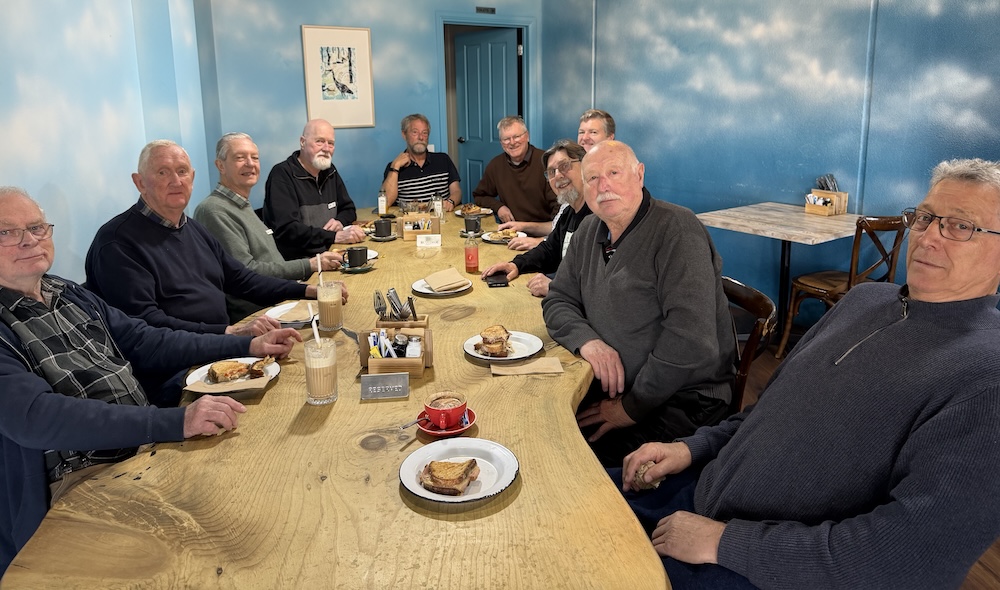At this month’s meeting we had a special guest presentation from Ross, VK1UN/VK8UN/EX0AA/G6BTE/6O0O, on the techniques he uses to operate amateur radio from unlikely locations.
The aim of this talk was to present a means of optimising station performance from hotel rooms and other difficult location on 160m, 630m and 2200m WSPR bands.
Very good results can be achieved if one systematically optimises transceivers, tuners and antennas used out of a hotel room or equally applicable, to SOTA and POTA operations. One needs to reduce ambient QRM/QRN in whatever QTH of operation, clearly, QRN/QRM will be a major issue at any hotel or apartment block. There are ways to reduce existing radio noise by operation on batteries such as Lithium Ion phone batteries – a pair of batteries, connected through a 2S control board, can provide 8.4V at peak charge and about 3500mAH capacity. This is a good way of reducing noise from the AC and Earth from a hotel’s AC network. I use a Raspberry-Pi 400 to to encode and decode WSPR transmissions and usually a QRP-Labs QDX-M or QMX-Plus as these radios do direct FSK generation and are much more “decodable” than SSB transmissions generated from an audio signal. The receiver performance of these radios also is quite high. With the Raspberry-Pi 400 the use of a power bank to supply 5V to the computer also means that you can reduce QRM/QRN from the AC network in a hotel.
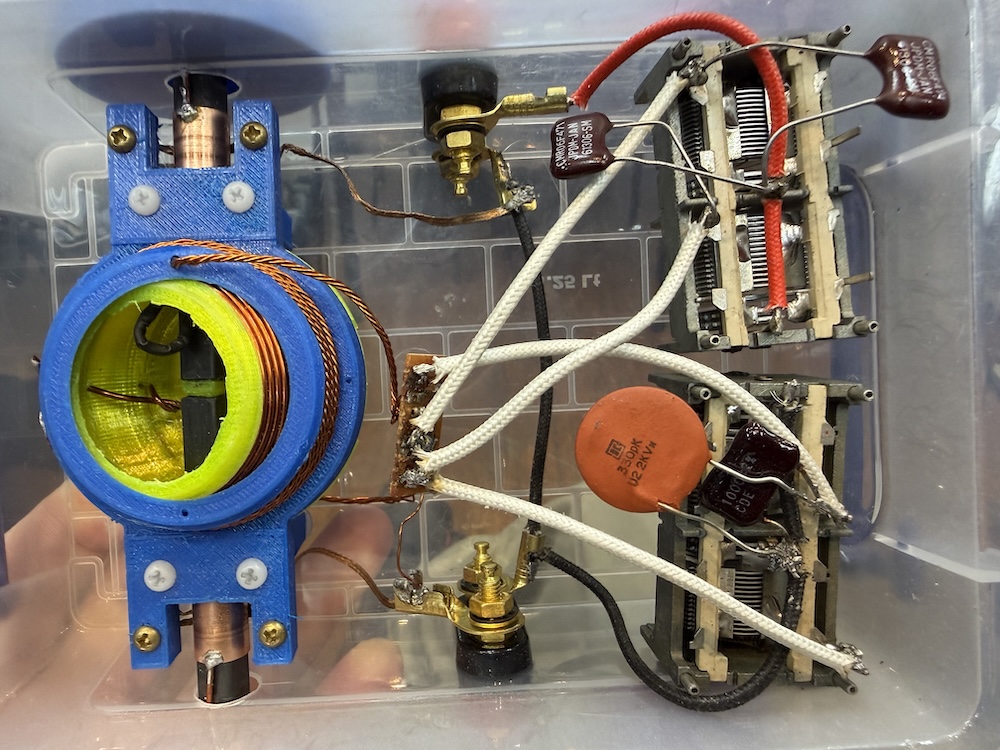
Now, with regards to antennas, it is also very difficult to put out exact resonant longs of wire as antenna supports and trees available are quite unpredictable. The best strategy to use random write antennas is to have a suitable antenna a tuner and it has been found that A Z-Match or a FRI-Match ( PA0FRI FRI-Match) will provide the best opportunity to load a random wire. You can also carry a random counterpoise or even some tuned counter poises (at 5, 10, 15, 20m long on small fishing reels) but if you are operating on different bands from the same setup, it is not really relevant. Another consideration for antennas is that Wire-wrap Wire makes an antenna that is not easily noticed and thus attention is not drawn to your station’s location. It has been found that this thin wire is easily launched into suitable trees, despite being quite thin. A 3D printed plastic Shangai is a good tool for getting a 35-65gm sinker and wire into a suitable tree or whatever else you can find as an antenna support. If no trees, a 4-6m long collapsible fishing rod makes a very good antenna support AND also provides a bit of misdirection during baggage examination. Carry the 3D Printed Shangai disassembled and distributed in the baggage.
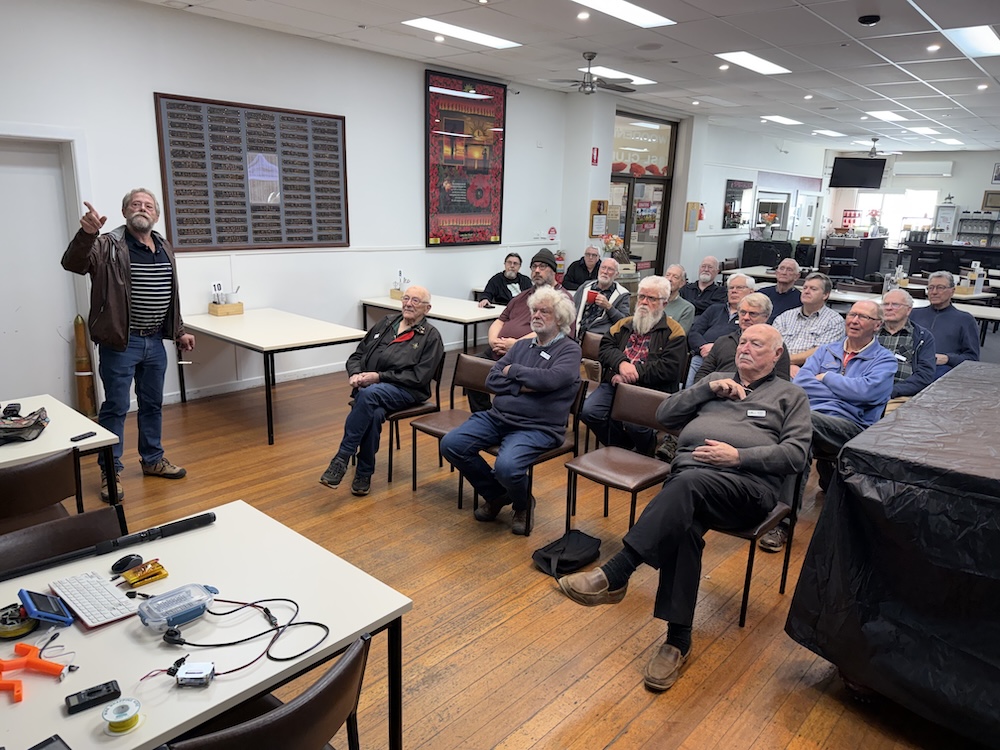
A very useful tool for determining radio to antenna matching is the LED/Wheatestone bridge match indicator, this makes it very easy to find the best point of match with the complete extinguished LED, meaning that the input from the Tx is as close to the output load impedance as possible. Make sure you use a RED LED as they have the lowest forward voltage and thus are the most sensitive.
The next important antenna tool is the antenna wire current indicator – a very small ferrite toroid on the antenna wire with about 5-6 turns an a LED in series with the winding. A darker colour LED provides the best indication of peak current, such as blue or purple colour LED as they have a high forward voltage.
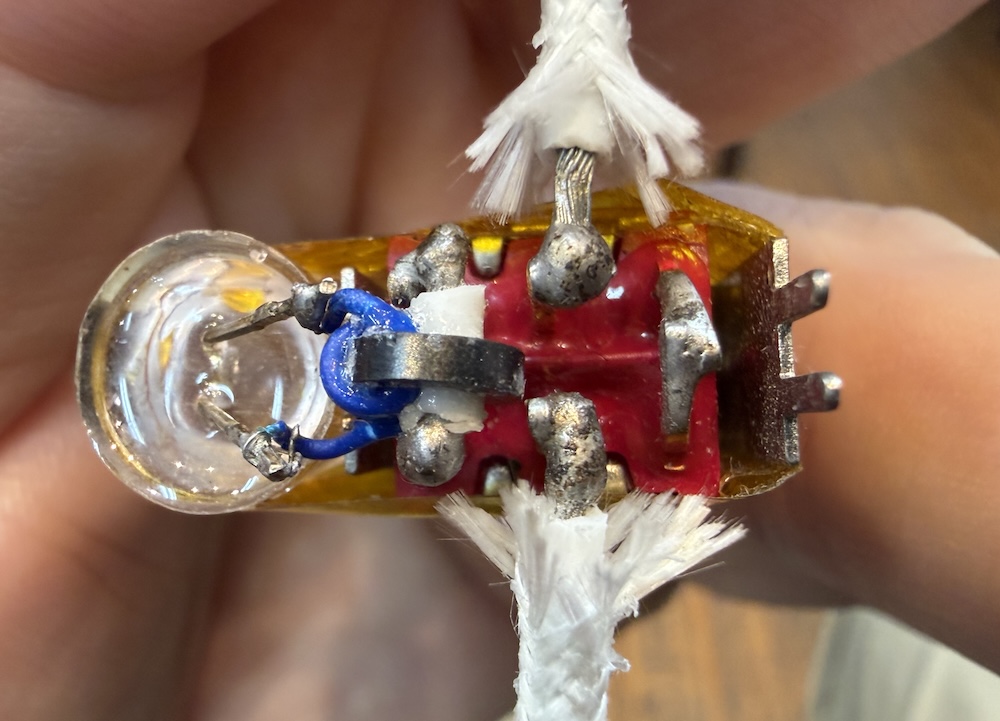
Both the LED/Wheatstone SWR indicator and Antenna Current indicator can be built on a DPDT switch withe the antenna being routed one side through to the bridge or small toroid and other Pole being direct o antenna to switch the indicator out of circuit during operations.
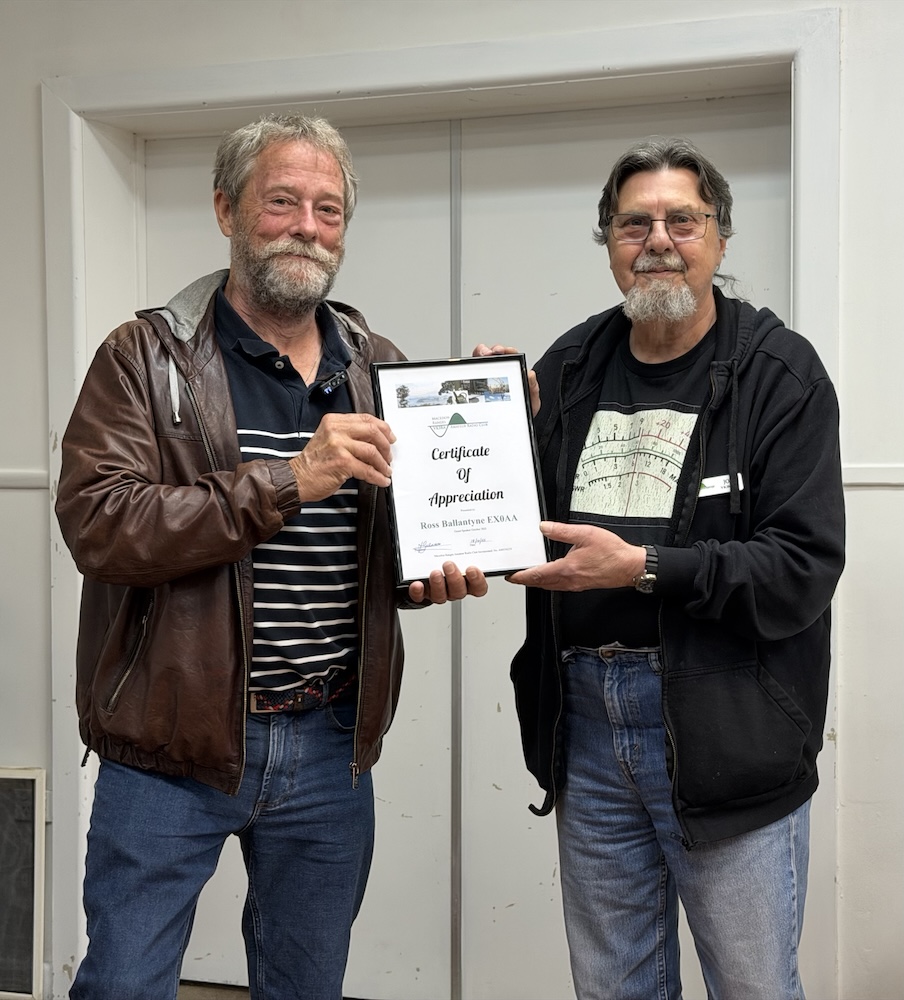
Ross says: “None of the above is “Rocket Science” but a simple strategy to optimise station performance..”
